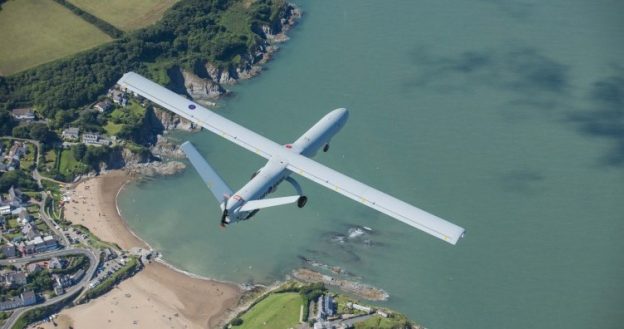Emerging challenges
9 March 2016Yesterday I joined colleagues at the World ATM Congress for a discussion about some of the key challenges facing those of us in the world of air traffic management in the years to come. I focused on three that I think will force us to think and behave differently in future.
The first of those is our responsiveness to political developments. Geopolitics is having a growing influence on traffic flows, in a way that I think few of us predicted just a few years ago. This is putting real pressure on some ANSPs and presenting a significant challenge at a network level. We need to ensure, as an industry, that we focus on developing our capabilities and readiness to respond to these challenges, increasing our flexibility and working together to find solutions that increase the resilience of the network to unpredictable changes in demand.

The second of these is capacity and the efficiency of our airspace vs aircraft noise and the impact on local communities. This challenge is something we’re particularly facing at the moment in the UK but we will not be alone in this. Our customers want us to help them reduce fuel burn and improve their flight profiles and indeed we are regulated to ensure we do so. We also need to modernise our airspace design if we are to deal with the forecast growth in air traffic over the coming decade and beyond, as my colleague Juliet wrote on here only the other day.

However, I’m also very conscious that changes to airspace, particularly in and around airports, can have a significant impact on communities on the ground. For NATS, this is one of the main challenges we face in the coming years. We need to modernise our airspace but we need to work together, with both our customers and local communities, to ensure we find solutions that strike the right balance between the needs of the country and our customers and the impact on local communities who live close to our airports.
The third issue I raised is the surge in use of drones, or Remotely Piloted Aircraft Systems (RPAS). We are seeing a significant rise in the volumes of drones being flown not just in the UK but all over the world. There are a number of different facets to this – from raising awareness with hobbyists who may want to fly a drone occasionally and aren’t necessarily familiar with the existing rules of the sky; through to finding ways to allow the commercial delivery services envisioned by the likes of Google and Amazon, as well as the longer-term integration of larger RPAS alongside civilian aircraft, which we successfully tested as part of Project Claire, a SESAR project, late in 2015.
We have taken a leading role in work in this area to date and will continue to do so. There are big opportunities here as well as challenges and we want to work in partnership with our customers, regulators and the RPAS community, to ensure that we can enable safe growth and integration of this industry alongside the existing aviation industry.

All of the above issues present different challenges to overcome. However, one thing they have in common is that they are not unique to NATS. They are issues that we as an industry are all likely to face in one form or another and it is important for us to come together to discuss how we can go about solving them. The key to addressing them successfully will be to ensure that we don’t look at them from an insular Air Traffic Management perspective, but instead engage with and work in partnership with others right across the aviation industry and beyond to find the solutions that will help the industry to evolve and grow, safely and sustainably.
Comments
Please respect our commenting policy and guidelines when posting on this website.




15.03.2016
08:35
Gerhard Wagner
All three subjects are verry true, but I miss one more: harmonisation at all levels, operational and technical. This subject requires a big change, namely thinking globel (at least European) instead of local. Still there are new systems planned in isolation, based on local habits. Even within one State there you can find different solutions for different sites. Why ?
It would be worth looking at rhe COOPANS model, where currently 5 ANSPs share the same ATM system solution at 7 centres and associated airports for their own benefit and that of the airspace users.